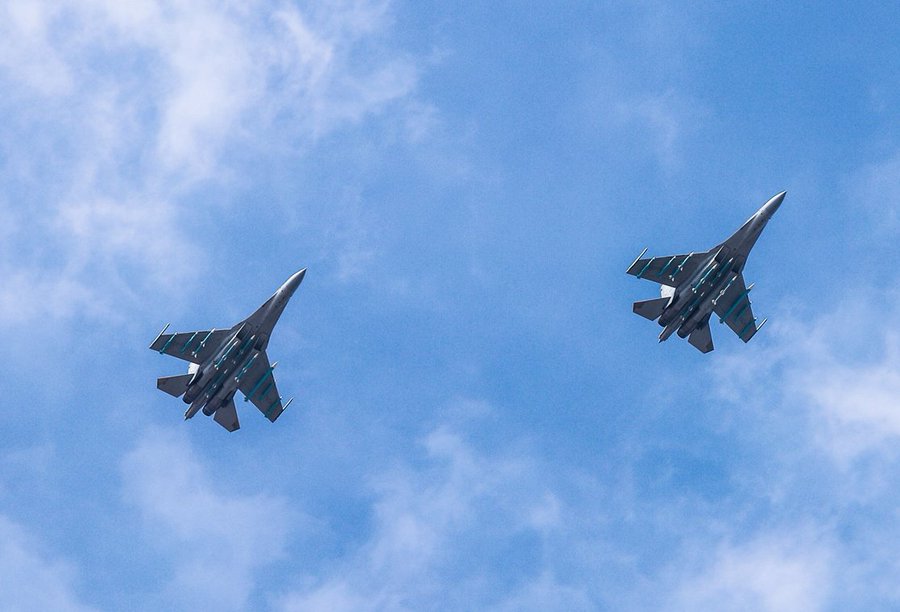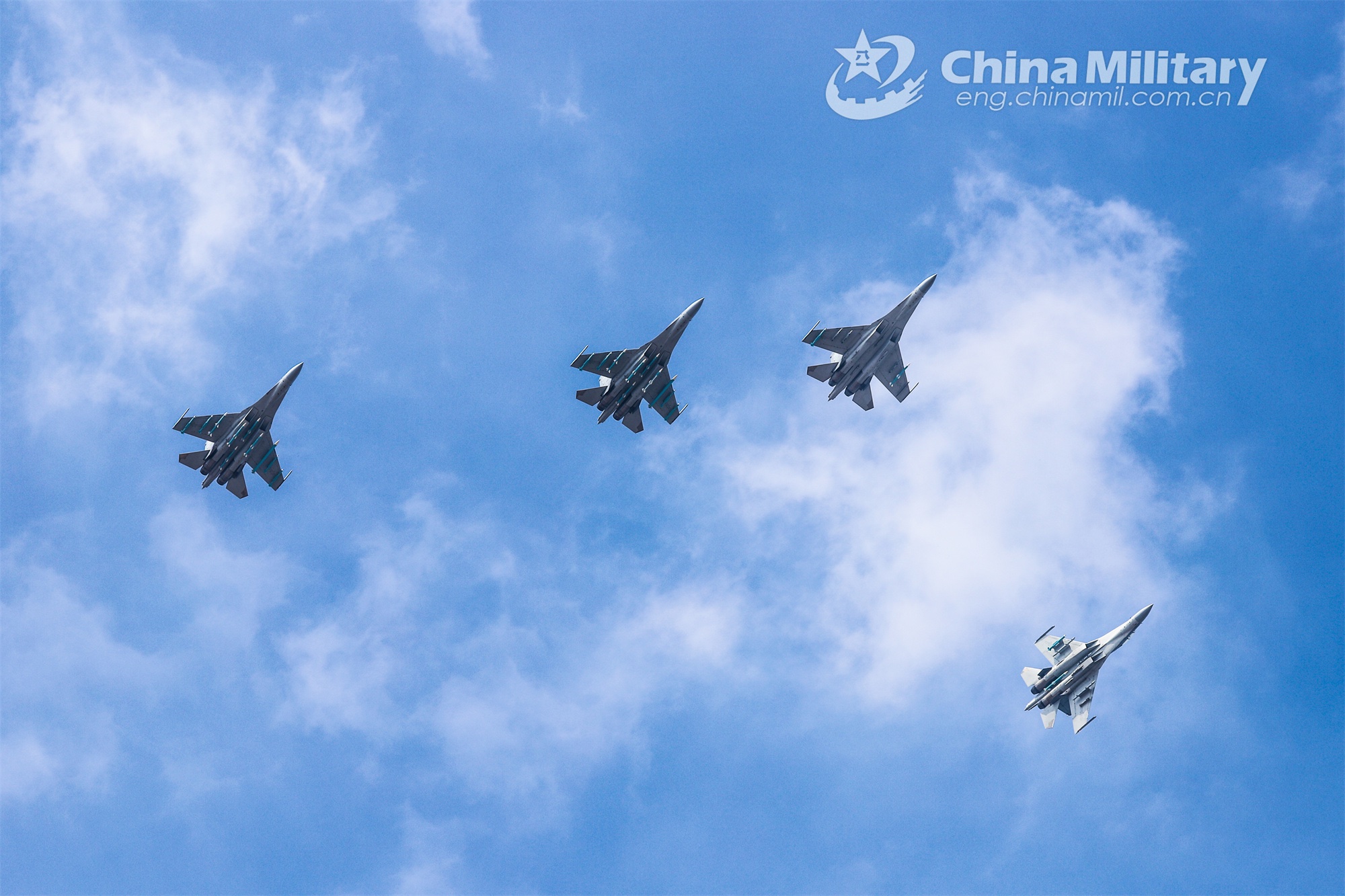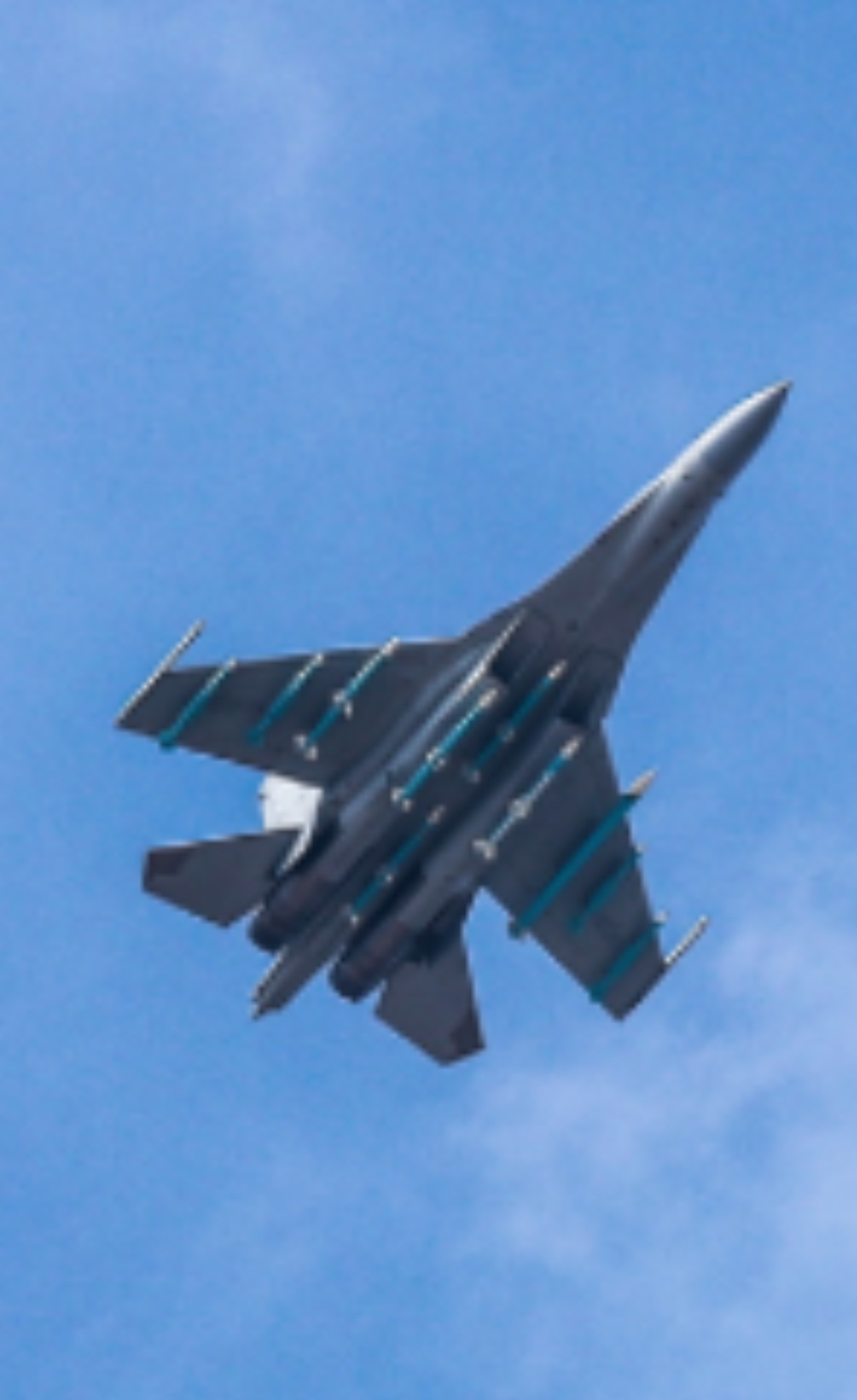China has reportedly revealed its longest-range air-to-air missile (AAM), the PL-17, on a J-16 fighter, putting to rest speculations about what the missile looks like after its existence began to be noted a few years ago.
Longer than the PL-15 AAM with a reach of around 300 kilometers as per open source literature, the PL-17 has been said to have a range of 400 km, making it one of the farthest-reaching AAMs in the world, at least particularly greater than any known AAM in the US inventory, of Chinese claims are to be believed.
The existence of the PL-15 BVR AAM alone spurred the AIM-260 project in 2017, currently under development by Lockheed Martin. However, the PL-17 arms the People’s Liberation Army Air Force (PLAAF) and People’s Liberation Army Navy (PLAN) fighters with a tremendous tactical advantage, consistent with its anti-access/area-denial (A2/AD) doctrine.
An image claimed to be taken off official state-run military publicity material was shared on social media by leading handles discussing Chinese military issues.
It showed a bottom image of four J-16s flying overhead with a massive loadout of AAMs, which interestingly comprised nearly all AAMs in the Chinese inventory. While the missile has been verified to be the PL-17, it is not clear if the picture was taken during a routine training sortie, a larger combined arms or joint force training drill, or testing of the missile itself.

This also raises the question about the stage of induction the PL-17 itself is in – whether limited series production for further development and technical tweaks or full induction following all possible tests and subsystems trials or system integration trials.
Reports from China claim the missile entered service in November 2022. However, an information and propaganda warfare motive behind the release of the image cannot be denied either.

What Does The Image Show
Of the four J-16s, two on the left have the bigger loadout, with each one of them carrying the same payload in the exact placement.
Chinese military aviation specialist Andreas Rupprecht believes that the J-16s have four PL-15s, 4 PL-10s, one PL-12, and one PL-17. A close image helps identify the missiles and their locations on the under-fuselage carrier pylons.
The four PL-10s can be seen on the inner and outer pylon of each of the wings. The lone PL-12 is on the innermost pylon of the right wing. The four PL-15s are slung on the belly, one each on a pylon under each of the two engines and two placed behind the other on the centerline belly. Meanwhile, the PL-17 is on the innermost pylon of the left wing.
Reports quoted a caption attached to the publicity photo: “Fighter jets attached to an aviation brigade of the PLA Air Force fly in formation during the real-combat training on November 25, 2023.” It suggests that the missile has undergone live fire tests, and the PLAAF unit is practicing total air dominance mission sets aimed at tackling large enemy formations.
PL-17’s Capabilities
Planes flying with BVRs usually also coordinate with airborne early warning (AEW) aircraft for guidance and possibly mid-course updates for the missile itself – assuming the PL-17 has such a feature. But it is also not conceivable for friendly assets like AEW, other fighter aircraft, satellites or even ground-based radars to not be involved at such long ranges.
Chinese designers have to have envisaged the missile carrying a data link, possibly a two-way high-bandwidth terminal. A November 2022 report in The Diplomat said the PL-17 has an “advertised range” of 400 km.
But the J-16s in the exercise can certainly be assumed to be flying with AEW and other support aircraft given the type of mission profile. The formation is also interesting, where all four jets are of the same make, where the two other J-16s are lightly armed, suggesting the PL-17 carrying J-16s are acting as ‘missile trucks.’

The idea behind having very long-range BVRs is to take out vulnerable support assets, like refueling tankers and enemy AEW aircraft, to degrade his fighting capability.
EurAsian Times had analyzed this being a likely role envisaged for the J-20, where using its stealth and on-board electronic warfare (EW) capability, the fighter would slip through fighter screens and shoot down these larger undefeated aircraft.
- The author can be reached at satamp@gmail.com
- Follow EurAsian Times on Google News




